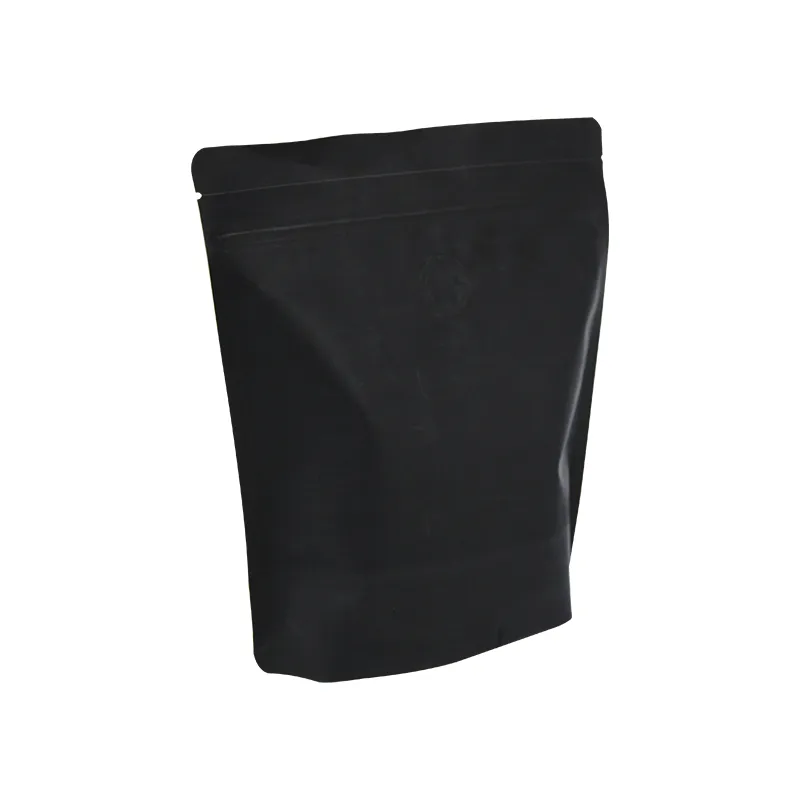- Afrikaans
- Albanian
- Amharic
- Arabic
- Armenian
- Azerbaijani
- Basque
- Belarusian
- Bengali
- Bosnian
- Bulgarian
- Catalan
- Cebuano
- chinese_simplified
- chinese_traditional
- Corsican
- Croatian
- Czech
- Danish
- Dutch
- English
- Esperanto
- Estonian
- Finnish
- French
- Frisian
- Galician
- Georgian
- German
- Greek
- Gujarati
- haitian_creole
- hausa
- hawaiian
- Hebrew
- Hindi
- Miao
- Hungarian
- Icelandic
- igbo
- Indonesian
- irish
- Italian
- Japanese
- Javanese
- Kannada
- kazakh
- Khmer
- Rwandese
- Korean
- Kurdish
- Kyrgyz
- Lao
- Latin
- Latvian
- Lithuanian
- Luxembourgish
- Macedonian
- Malgashi
- Malay
- Malayalam
- Maltese
- Maori
- Marathi
- Mongolian
- Myanmar
- Nepali
- Norwegian
- Norwegian
- Occitan
- Pashto
- Persian
- Polish
- Portuguese
- Punjabi
- Romanian
- Russian
- Samoan
- scottish-gaelic
- Serbian
- Sesotho
- Shona
- Sindhi
- Sinhala
- Slovak
- Slovenian
- Somali
- Spanish
- Sundanese
- Swahili
- Swedish
- Tagalog
- Tajik
- Tamil
- Tatar
- Telugu
- Thai
- Turkish
- Turkmen
- Ukrainian
- Urdu
- Uighur
- Uzbek
- Vietnamese
- Welsh
- Bantu
- Yiddish
- Yoruba
- Zulu
Converting 230 GSM to Pounds per Ream for Paper Weight Understanding
Understanding the Conversion 230 GSM to Pounds
When it comes to dealing with paper, fabric, and similar materials, understanding the weight measurement is crucial. Businesses, designers, artists, and hobbyists often reference the weight of their materials in various units. One common unit of measurement is grams per square meter (GSM), which helps to describe the weight and quality of paper and fabric. In many contexts, particularly in the United States, the weight is expressed in pounds (lbs). This article will delve into the specifics of converting 230 GSM to pounds and discuss the implications of these measurements.
What is GSM?
GSM stands for grams per square meter, a metric unit that gives a precise measure of weight per unit area. The use of GSM is prevalent in several industries, especially in textiles and paper manufacturing, as it provides a standardized way to describe the thickness and sturdiness of materials. A higher GSM indicates a thicker, heavier material, while a lower GSM denotes a lighter, thinner product.
In textiles, for instance, GSM helps consumers gauge the quality of fabric. A higher GSM fabric often translates to better durability and a more substantial feel, which is important for items like upholstery and curtains. In printing, paper with a higher GSM is typically used for high-quality prints, such as brochures and business cards, as it can better handle ink without bleeding or warping.
What is Pounds (lbs)?
Pounds (lbs) are a unit of weight commonly used in the United States and other countries that follow the imperial system. When it comes to paper, the weight in pounds usually refers to the weight of a ream (500 sheets) of a particular size of paper. For example, 20 lb paper is a common weight for printer paper, and it indicates the weight of a ream of that paper type in pounds.
To convert GSM to pounds, one needs to understand the relationship between these two measurement systems. The conversion process considers the area of the material and its density.
Converting 230 GSM to Pounds
The conversion from GSM to pounds can be done using a simple formula. The general approach is
\[ \text{Weight (lbs) per ream} = \text{GSM} \times \text{Area (in m² per ream in grams)} \div 453.592 \]
230gsm to lbs

Where 453.592 is the number of grams in a pound.
For standard paper sizes, the area of a ream is considered. For instance, for a ream of A4 size paper, which is approximately 0.297 m × 0.210 m, the area calculates to about 0.06237 m² per sheet, and therefore 0.0617 m² for a ream (500 sheets).
Applying this to a 230 GSM paper
\[ \text{Weight (lbs)} = 230 \, \text{GSM} \times 0.500 \, \text{m²} \div 453.592 \approx 0.253 \, \text{lbs} \]
Thus, a ream of 230 GSM paper would weigh approximately 0.253 lbs per sheet.
Practical Implications
Understanding the conversion from GSM to pounds facilitates better decision-making when selecting materials. For instance, a designer might prefer a 230 GSM paper for its sturdiness and professional appearance for flyers or invitations, while a lower GSM paper might suffice for more casual applications.
Moreover, being able to convert these measurements allows businesses to more effectively manage shipping costs and material usage. Since many suppliers list paper and fabric weights in either metric or imperial measurements, knowing how to convert between them can save time and help avoid errors in order quantities.
Conclusion
Converting 230 GSM to pounds is a straightforward but essential task for anyone working with various materials. By grasping the significance behind GSM and the implications of weight in pounds, individuals can make informed choices that align with their project needs. Whether you're a professional in the industry or a casual crafter, understanding these measurements can enhance your material selection and overall project quality. As designers and consumers alike navigate the world of materials, this knowledge serves as a valuable asset.













